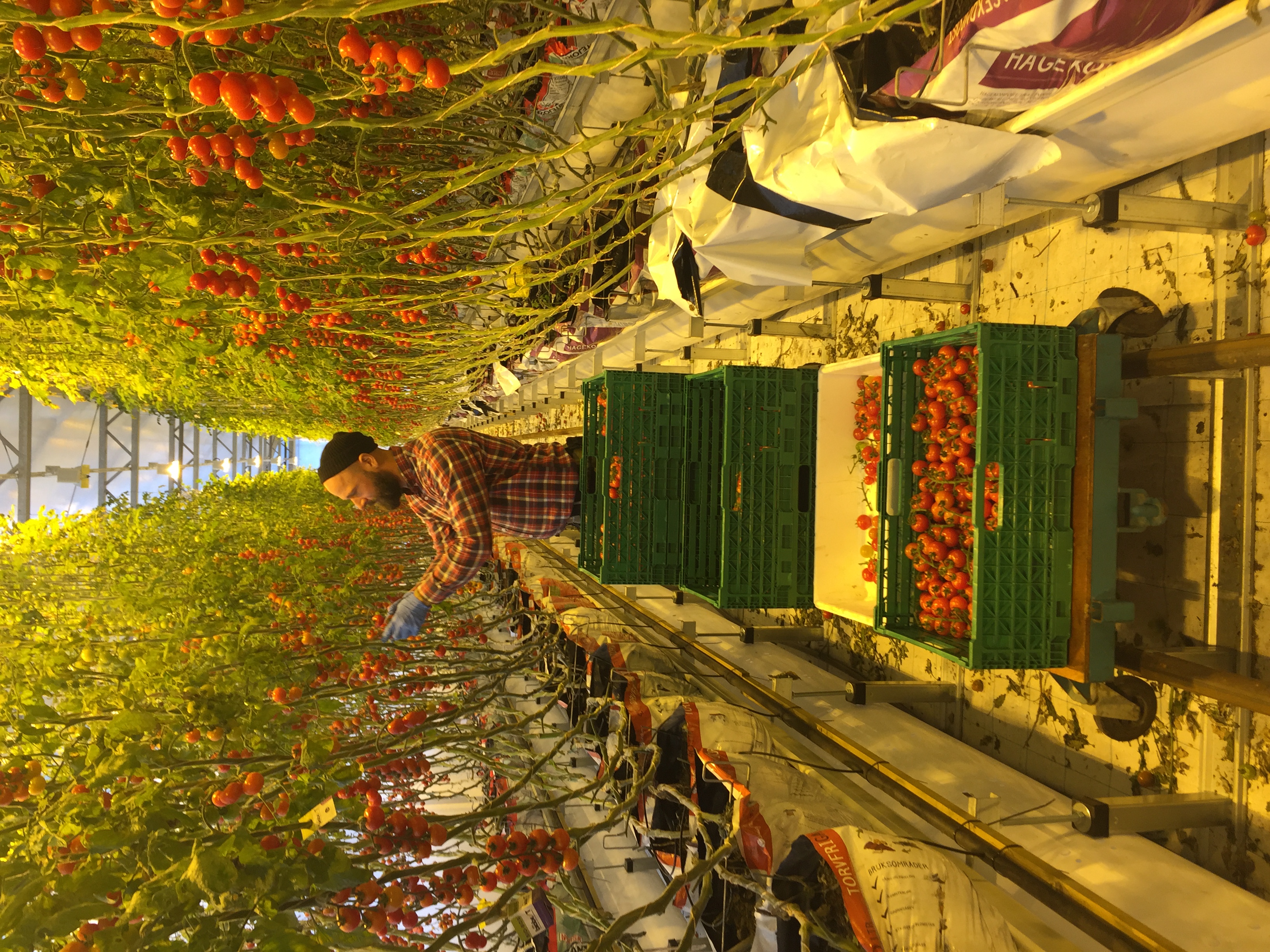Digeponics on:
[Wikipedia]
[Google]
[Amazon]
 Digeponics (pronounced die-jeh-ponics, as in digestion) is a method of
Digeponics (pronounced die-jeh-ponics, as in digestion) is a method of
 Digeponics (pronounced die-jeh-ponics, as in digestion) is a method of
Digeponics (pronounced die-jeh-ponics, as in digestion) is a method of agriculture
Agriculture encompasses crop and livestock production, aquaculture, and forestry for food and non-food products. Agriculture was a key factor in the rise of sedentary human civilization, whereby farming of domesticated species created ...
which integrates the products of anaerobic digestion
Anaerobic digestion is a sequence of processes by which microorganisms break down biodegradable material in the absence of oxygen. The process is used for industrial or domestic purposes to Waste management, manage waste or to produce fuels. Mu ...
, including CO2 and digestate, with greenhouse cultivation of vegetables.
Background
Digeponics was developed in Norway by the "Food to Waste to Food" (F2W2F) program, a part of the EU Eco-innovation Initiative, in partnership with the waste management company Lindum AS.Overall concept
The method involves the use of various products of anaerobic digestion in the cultivation of vegetables in a greenhouse environment. The more widely used aspects include the use ofbiogas
Biogas is a gaseous renewable energy source produced from raw materials such as agricultural waste, manure, municipal waste, plant material, sewage, green waste, Wastewater treatment, wastewater, and food waste. Biogas is produced by anaerobic ...
for electricity production, which is used for lighting and heating the greenhouse in the winter months, as well as the introduction of carbon dioxide into the greenhouse, which is a byproduct of biogas combustion, for increased plant growth. The more novel aspect of this method is the use of a "mix of vermicompost
Vermicompost (vermi-compost) is the product of the decomposition process using various species of worms, usually red wigglers, white worms, and other earthworms, to create a mixture of decomposing vegetable or food waste, bedding materials, and ...
and garden waste compost fertilized by (non-separated) digestate in a circulating system including earth worms in the substrate and aeration in a biofilter buffer tank."
Performance
Research conducted on digeponics found that this method, and others like it, could meet or exceed the production rates of mineral fertilizers. Fortomato
The tomato (, ), ''Solanum lycopersicum'', is a plant whose fruit is an edible Berry (botany), berry that is eaten as a vegetable. The tomato is a member of the nightshade family that includes tobacco, potato, and chili peppers. It originate ...
production, digeponics yielded 5430 g, compared to 4920 g for mineral fertilizers. For cucumber
The cucumber (''Cucumis sativus'') is a widely-cultivated creeping vine plant in the family Cucurbitaceae that bears cylindrical to spherical fruits, which are used as culinary vegetables.
In addition to increased yields, this method can provide decreased energy costs and very low carbon emissions, by producing energy on site from renewable carbon neutral sources that are readily available to the farmer, and could even provide an additional source of income by charging tipping fees for organic waste collection and selling excess electricity or gas back into the grid.
Methane emissions
Increasing methane emissions are a major contributor to the rising concentration of greenhouse gases in Earth's atmosphere, and are responsible for up to one-third of near-term global heating. During 2019, about 60% (360 million tons) of methane r ...
were shown to be reduced by 98%, compared to landfilling of organic waste, and carbon emissions were reduced 95%, compared with conventional tomato greenhouse production.
See also
*Controlled-environment agriculture
Controlled-environment agriculture (CEA) -- which includes indoor agriculture (IA) and vertical farming— consists of crop production systems in greenhouses or other structures that use horticulture and engineering techniques beyond conventiona ...
* Hydroponics
Hydroponics is a type of horticulture and a subset of #Passive sub-irrigation, hydroculture which involves growing plants, usually crops or medicinal plants, without soil, by using water-based mineral Plant nutrition, nutrient Solution (chemi ...
*Aquaponics
Aquaponics is a food production system that couples aquaculture (raising aquatic animals such as fish, crayfish, snails or prawns in tanks) with hydroponics (cultivating plants in water) whereby the nutrient-rich aquaculture water is fed to h ...
References
{{reflist Recycling Agriculture